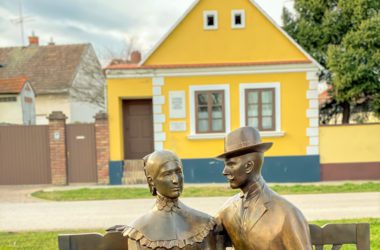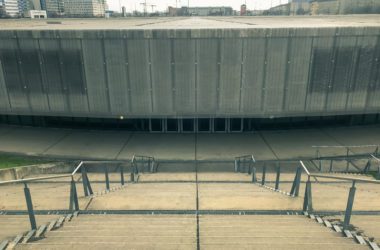Do you know what makes Vinkovci so important? The first is that it is the oldest European city and the second is that they had the busiest railway station in Yugoslavia. But today, when older people come to the railway station, they are saddened when they remember how it looked before the breakup of Yugoslavia. The golden age of Vinkovci railway station was in the 70’s and 80’s of the last century. Daily flow in all trains, both incoming and outgoing, was approximately 50 thousand passengers per day, or more than 18.2 million passengers per year. At that time, about 3000 railway workers were employed at the Vinkovci railway station. It was for this reason that it was called the city of railwaymen.
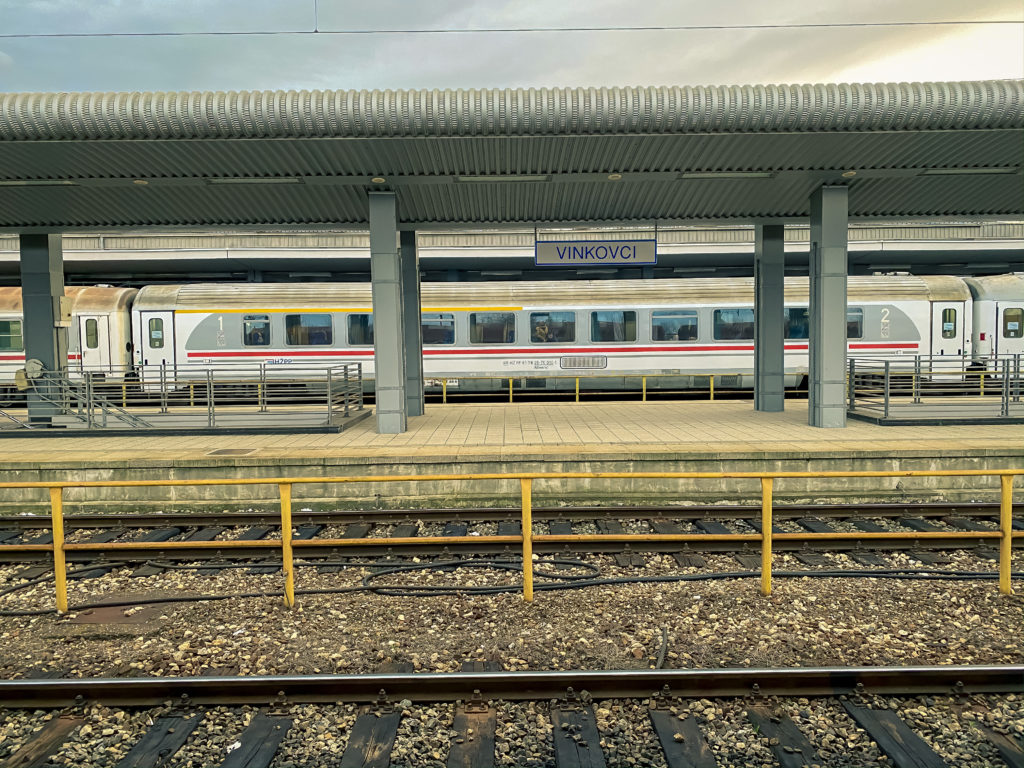
Beginnings of the railway in Vinkovci
For the beginnings of the railway industry in Vinkovci, we have to thank the engineer of the Hungarian State Railways Arpad Knothy. He recognized the outstanding geographical position of Vinkovci and he was responsible for the construction of a new railway line: Vinkovci – Otok – Vrbanja – Brčko. By the opening of that railway line on October 29, 1886, the insignificant Vinkovci railway station has become a significant railway intersection. Other railways were built, such as Vinkovci – Srijemska Mitrovica in 1891, Vinkovci – Županja in 1901, Vinkovci – Gaboš – Osijek in 1910. In this way, the Vinkovci railway station was slowly formed. As early as 1911, the number of passengers traveling through the station exceeded one million.
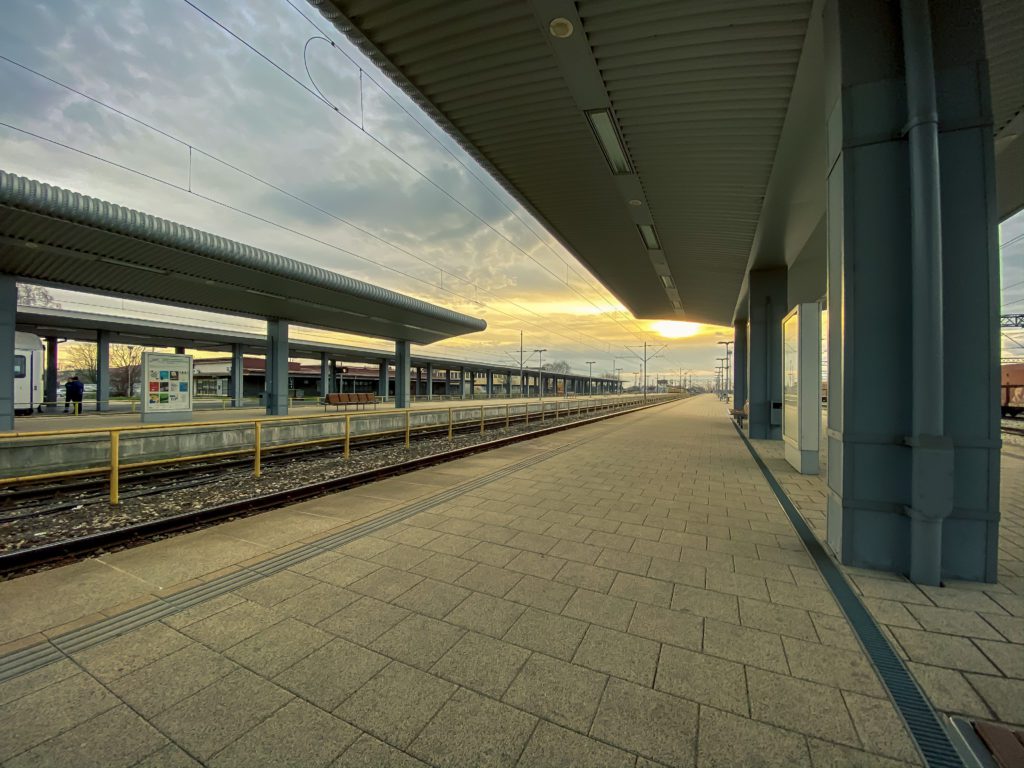
In the following video, you can see what the town of Vinkovci looked like during the 1960s.
Construction of the new building of the Vinkovci railway station
Today’s train station was built in the mid-’60s and for many years had the largest number of arriving and dispatched passengers. About 73,000 trains arrived at the station, about 73,500 were dispatched from the station annually. About 8000 passengers were in transit on a daily basis. From all these data it can be concluded that Vinkovci is a true railway city and the development of the city and its expansion was greatly contributed by the railway itself. The fact is that for many years Vinkovci was the largest railway hub in the former state – Yugoslavia, but also in this part of Europe.
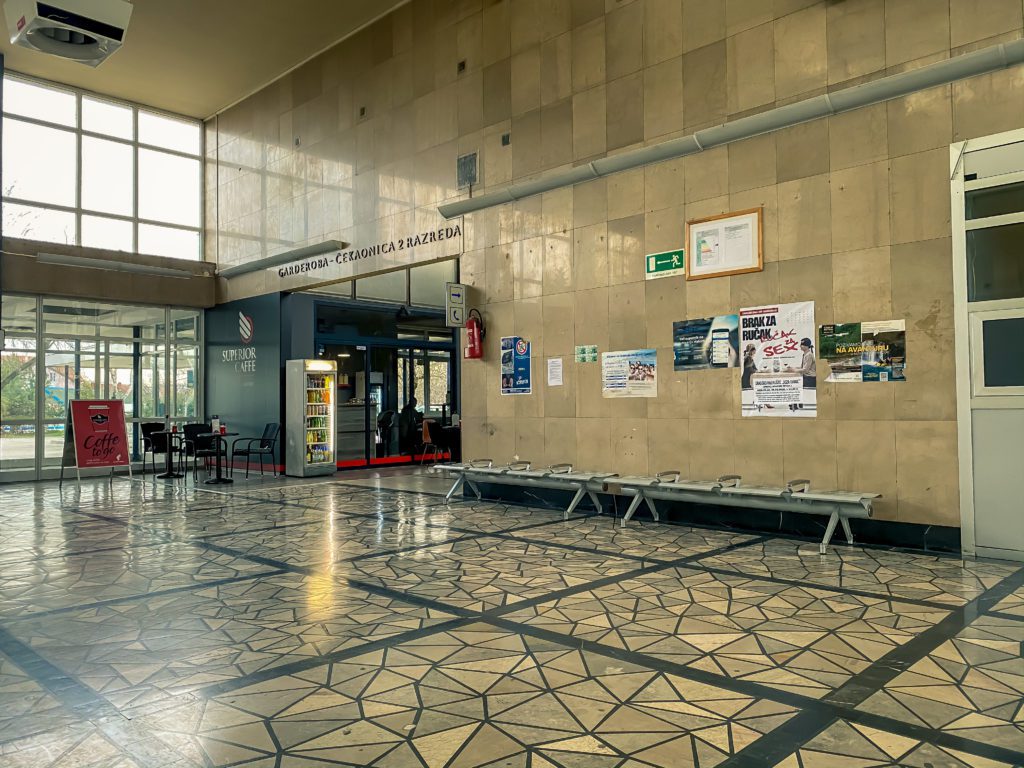
The Breakup of Yugoslavia and the Homeland War
Until the Homeland War in the 24 hours through Vinkovci passed and up to 360 trains. Or, in other words, every four to four and a half minutes a train passed through Vinkovci. There were almost 60 kilometers of the track at the freight station. The war in the territory of the former state in the 1990s, first and foremost, resulted in hours of waiting for trains. These problems have caused freight transport to be largely transferred from this railway line to the 4th corridor, which goes from Europe to Hungary, Romania, and Bulgaria towards Turkey and beyond. Today, the economic damage is enormous. For example, in a month, 800 trains pass through the 4th corridor.
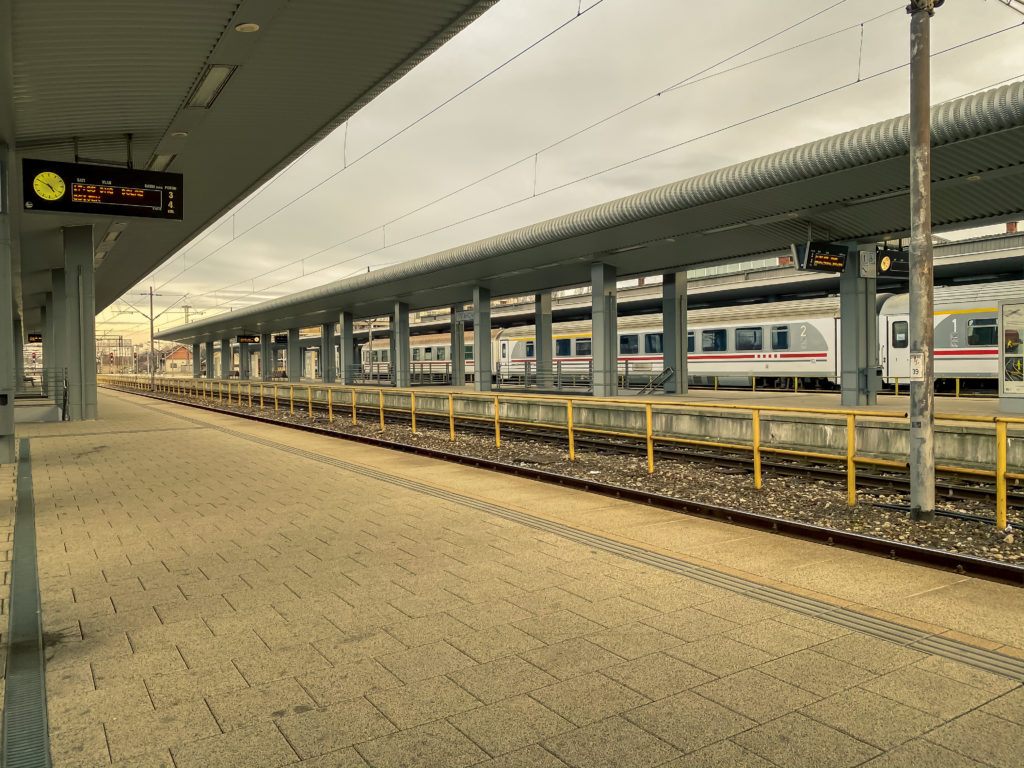
Vinkovci railway station today
Today at HŽ Infrastruktura d.o.o. there are about 480 workers in organizational units, far fewer than the former 3000. There are no longer international trains that used to pass and stop in Vinkovci. These were, for example, Thessaloniki-express, Hellas-express, or Orient-express, in which the mysterious murder described by Agatha Christie happened just between Vinkovci and Slavonski Brod. The extent of the huge fall in passenger numbers can only be analyzed through one piece of information – until the Homeland War, the train journey from Zagreb to Belgrade took three and a half hours, and today it takes six hours. The last renovation of the Vinkovci station was in 2015 when old concrete platforms were demolished, new canopies were installed and new lighting was installed.
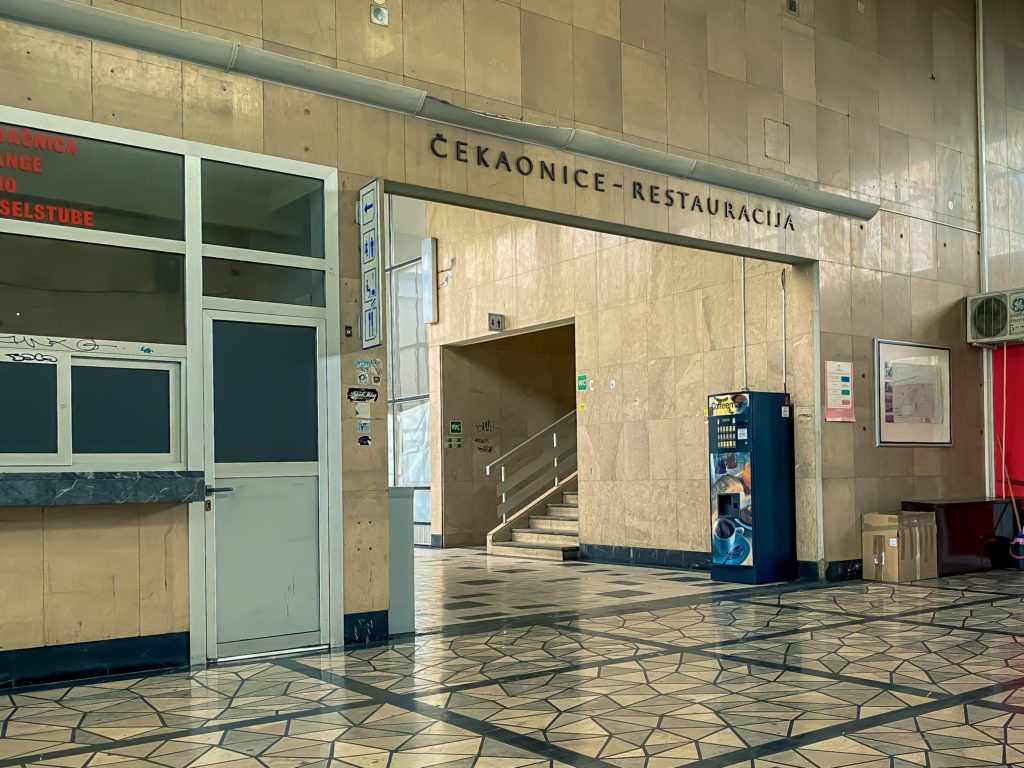
Huge railway modernization and renewal
The next decade will be marked by a major renovation and modernization of the railways in the Republic of Croatia. One of the first is the Vinkovci – Vukovar route. It is an upgrade and electrification of the existing 18.7-kilometer railway line. The aim is to increase the volume of rail freight transport and the transshipment of goods in the port of Vukovar and to better connect the rail passenger transport of Vukovar-Srijem County with the main transport corridors.
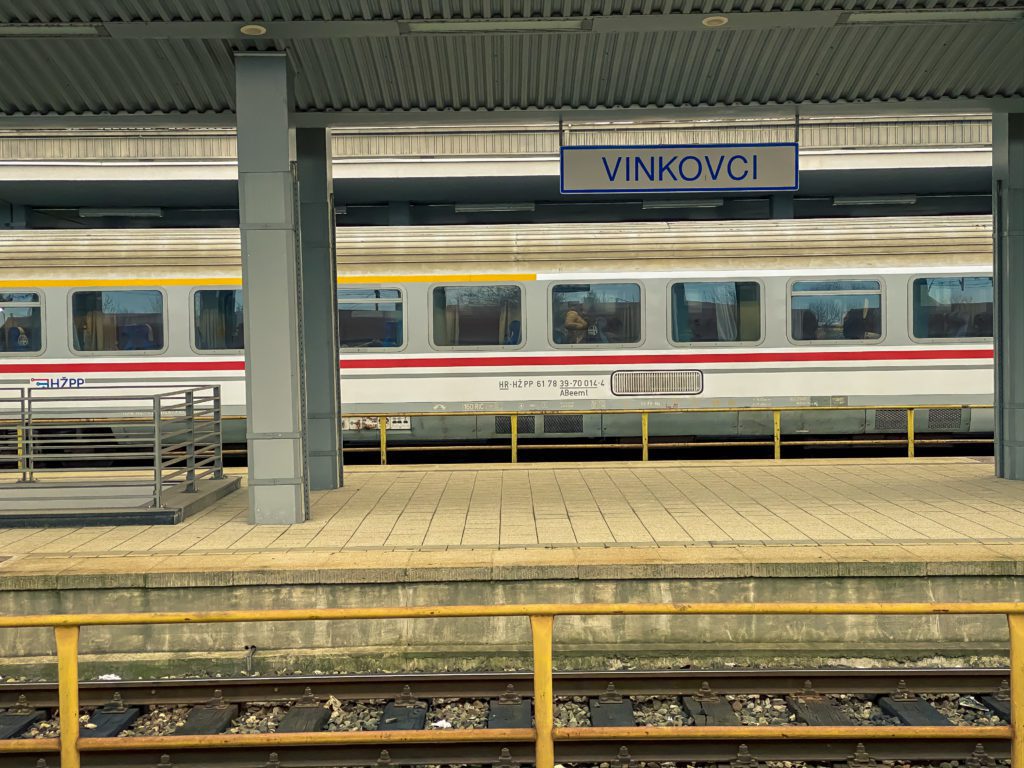
Source:
http://www.glas-slavonije.hr/353820/4/Nekada-vlak-svake-4-minute-360-dnevno-danas-samo-trecina-toga
https://www.vecernji.hr/premium/kroz-vinkovce-je-godisnje-prolazilo-18-milijuna-ljudi-svake-4-minute-jedan-vlak-1229286








